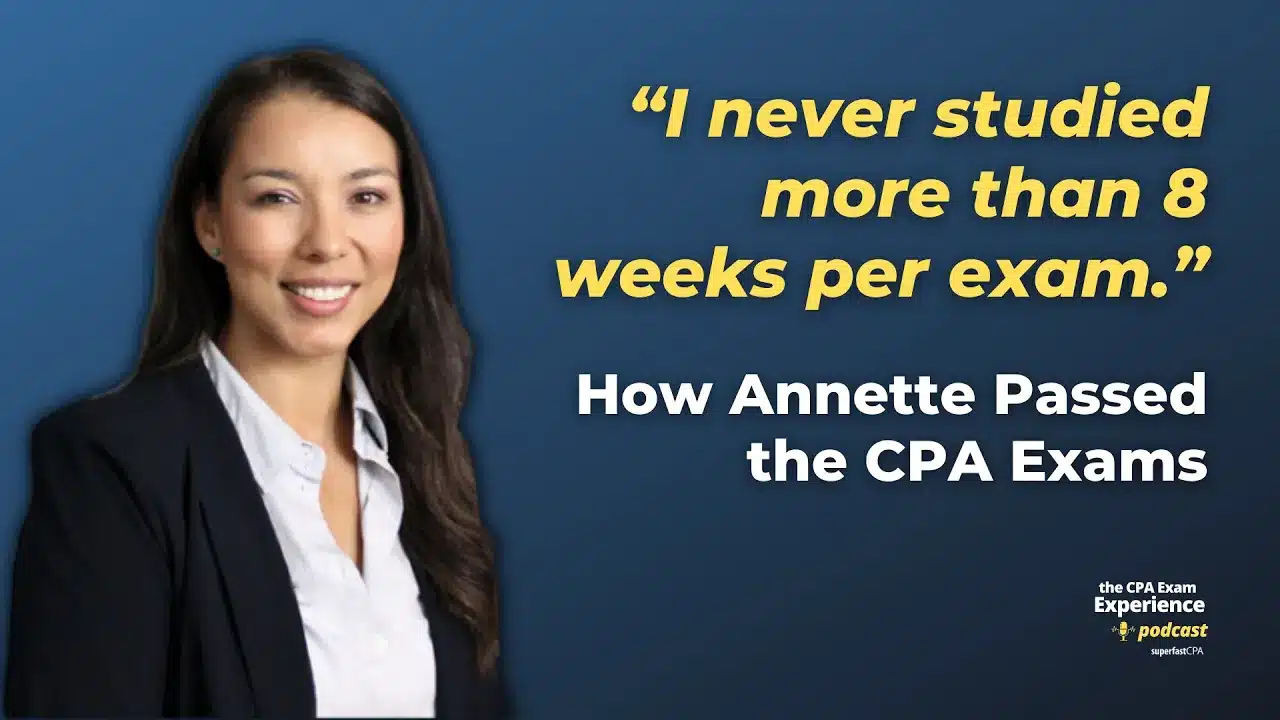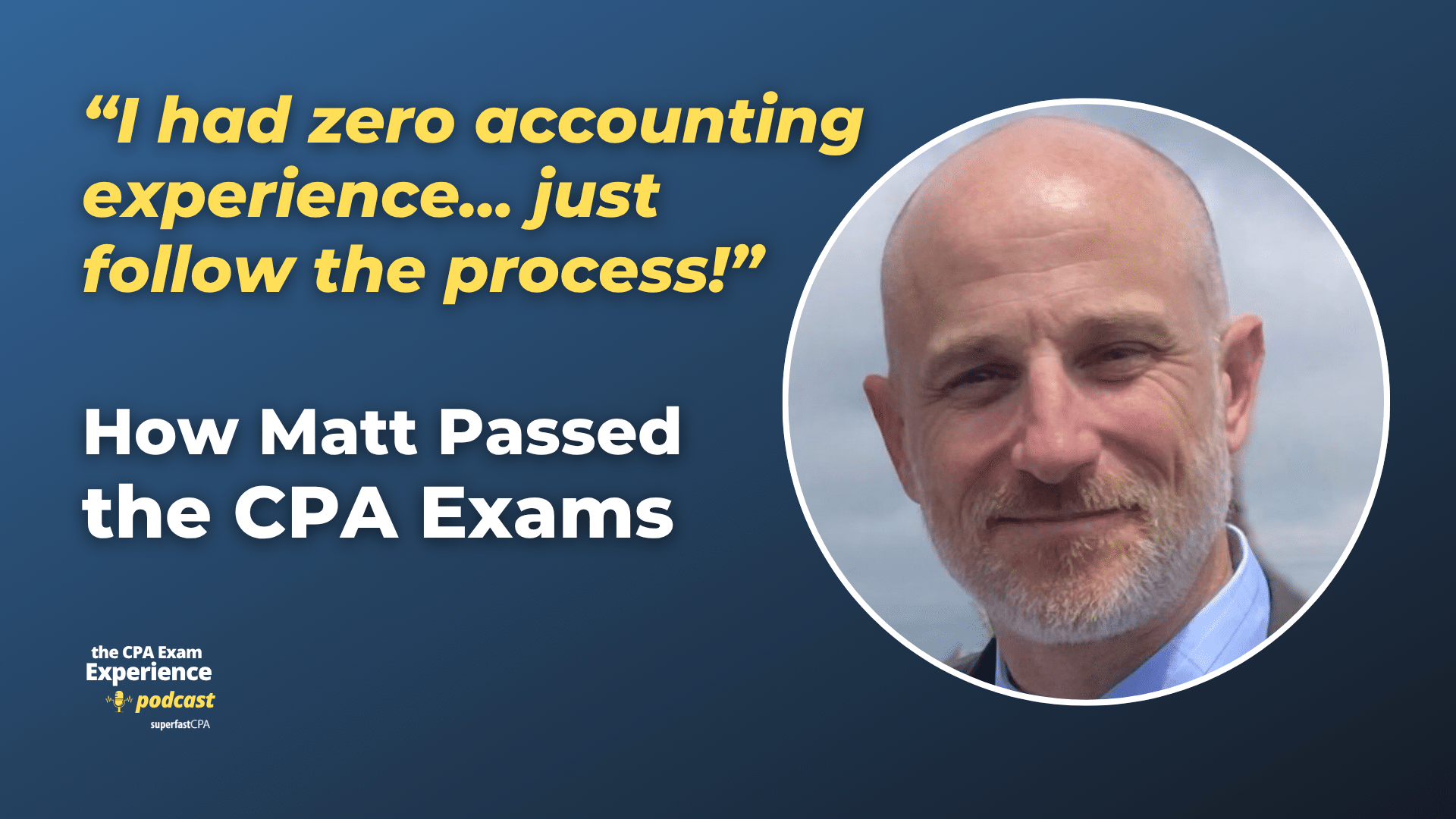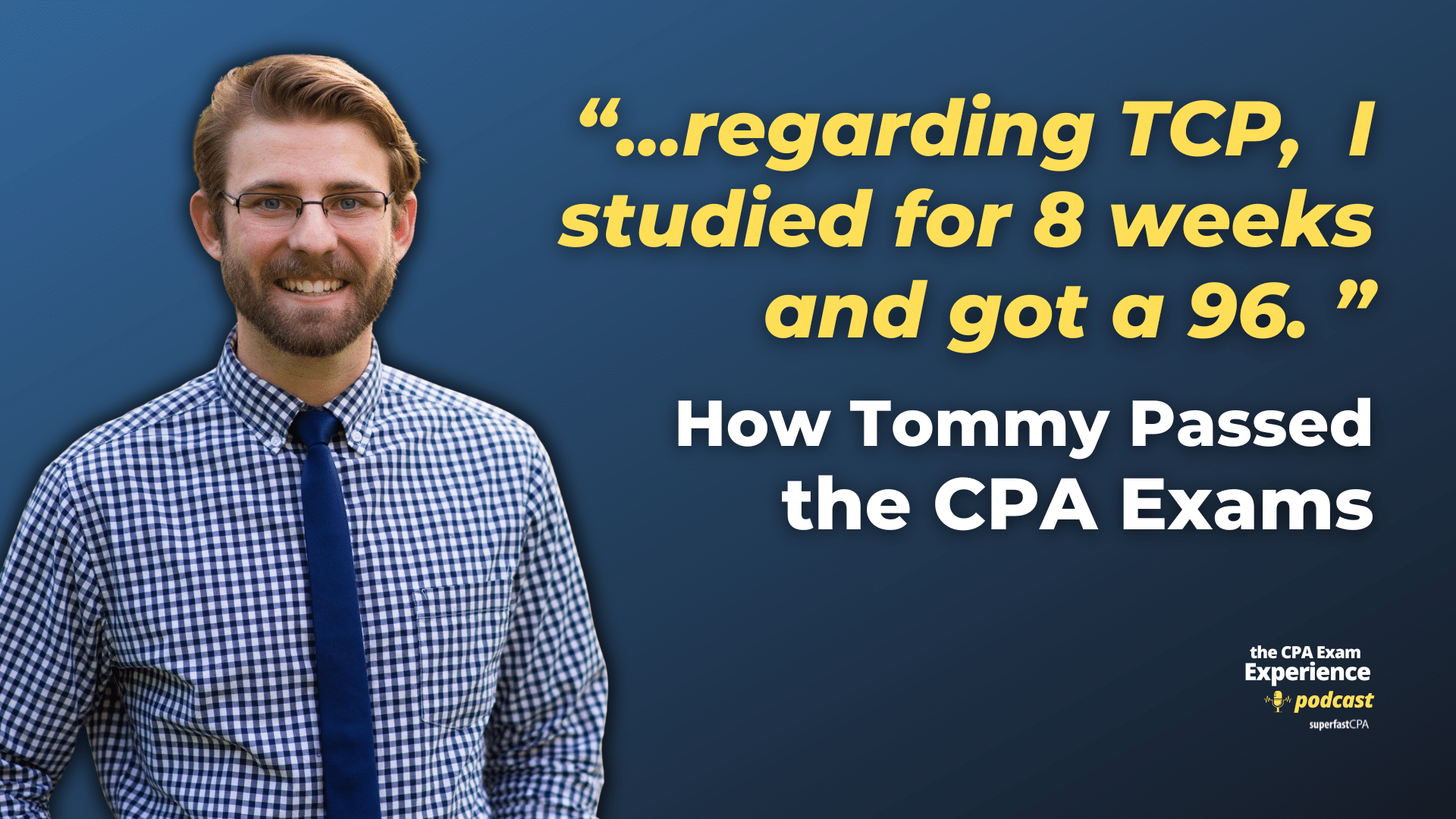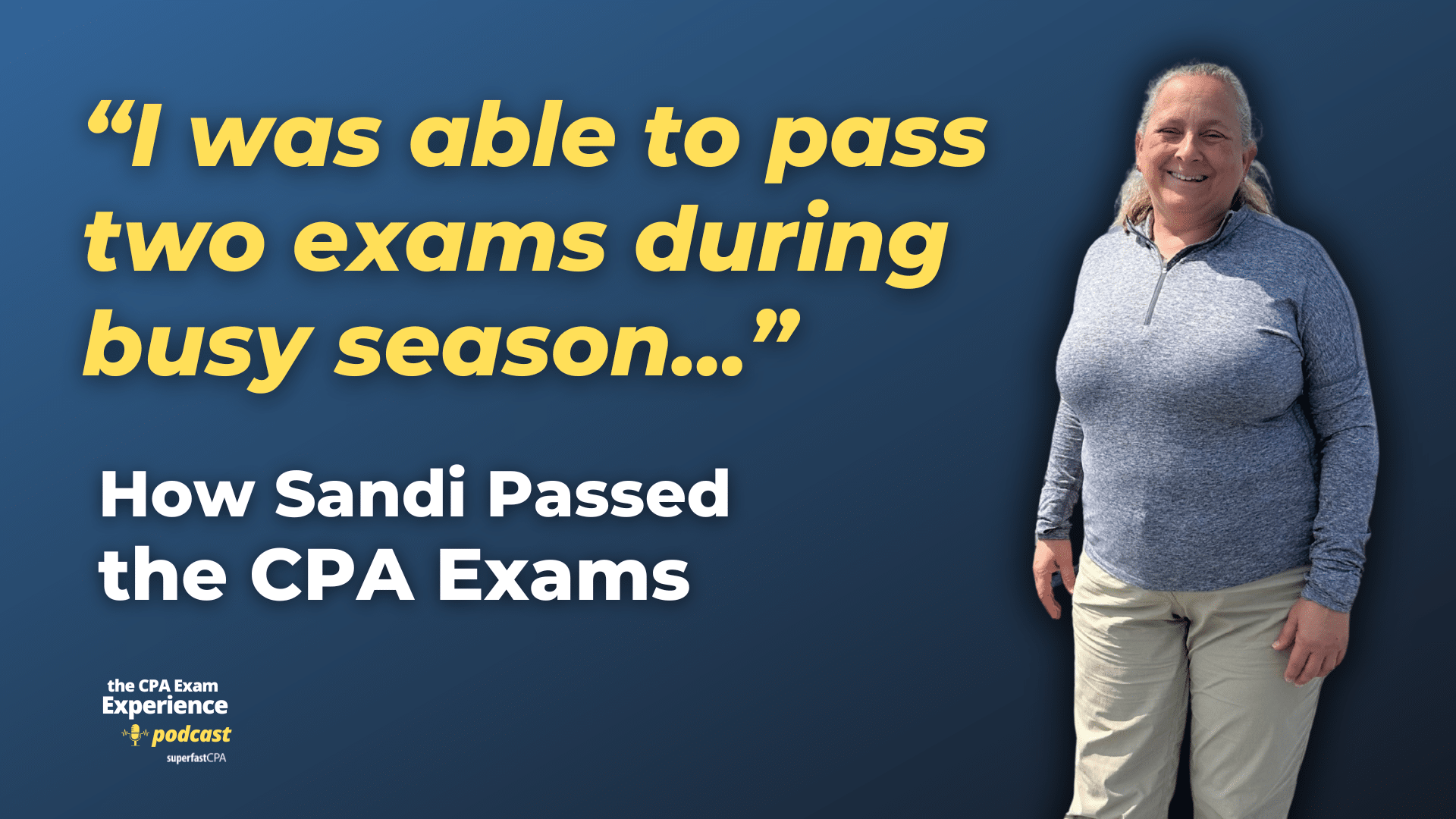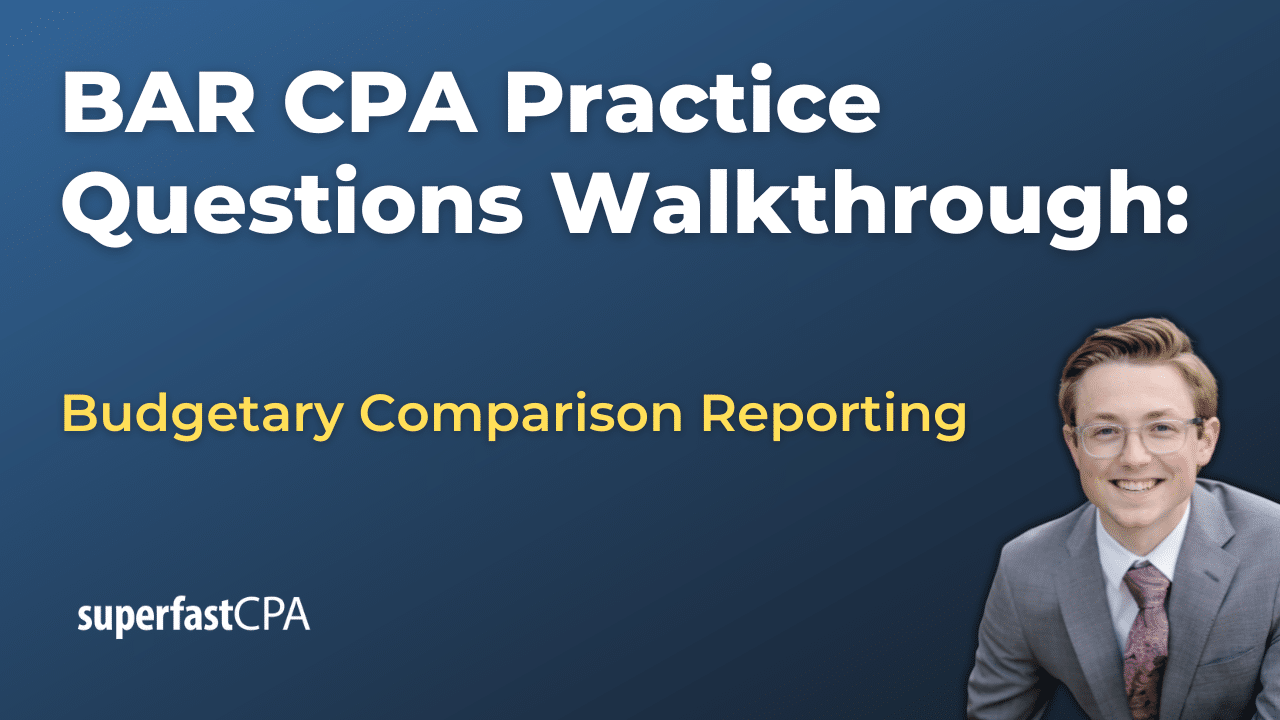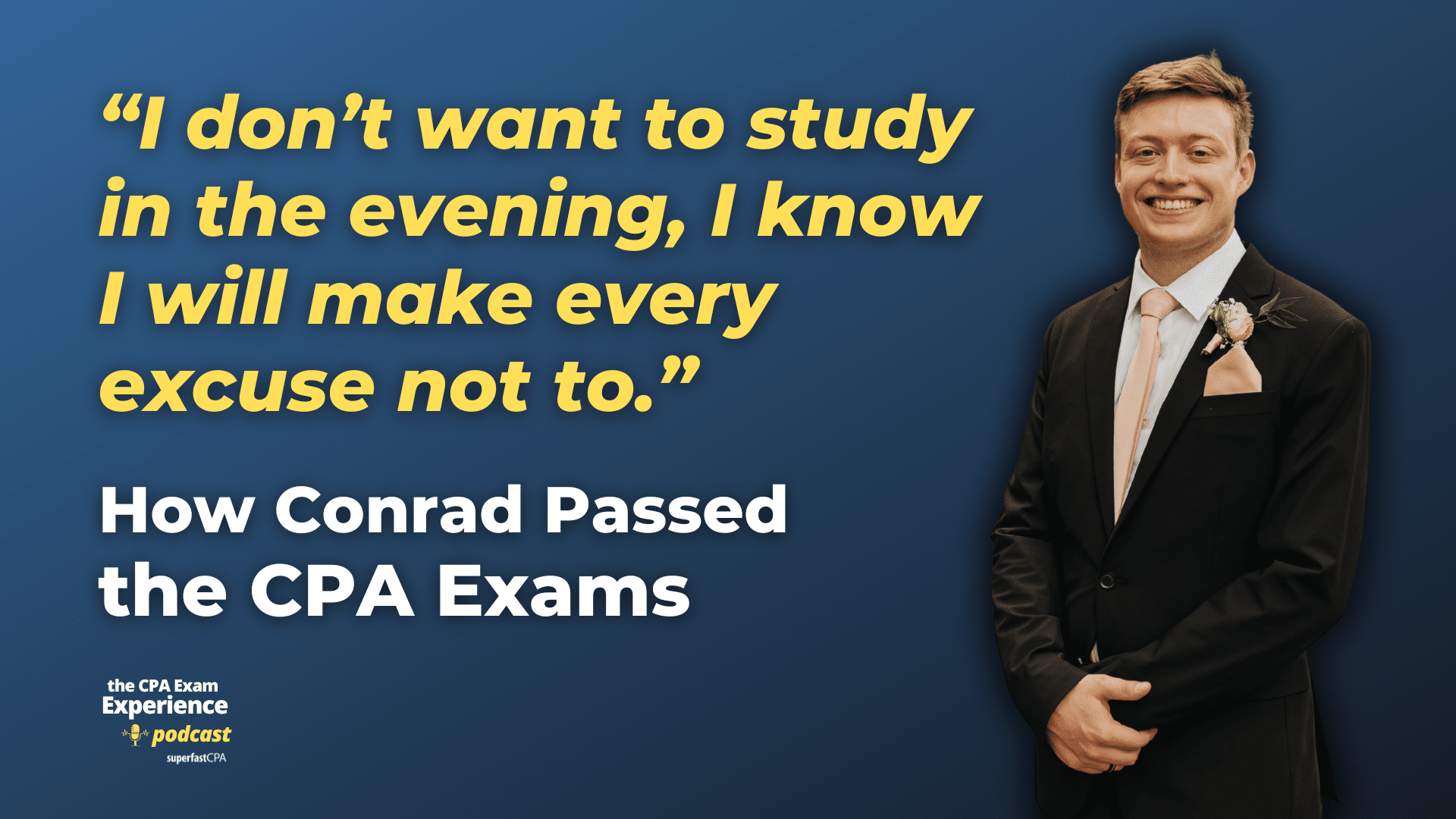On this page you’ll find free BAR CPA practice question walkthroughs on topics from the AICPA CPA exam blueprints for the BAR exam.
BAR I: Business Analysis
A1
A2
A3
Application: Calculate fixed, variable and mixed costs.
B1
Application: Prepare a budget using supportable assumptions.
B2
Application: Calculate the cost of capital for a given financial scenario.
B3
B4
Remembering & Understanding: Recall the purpose and objectives of the COSO ERM framework.
B5
BAR II: Technical Accounting and Reporting
A
B
C
D
E
F
G
H
I
Remembering & Understanding: Identify the criteria for classifying a lease arrangement for a lessor.
J
Remembering & Understanding: Recall the criteria used to identify reportable segments.


